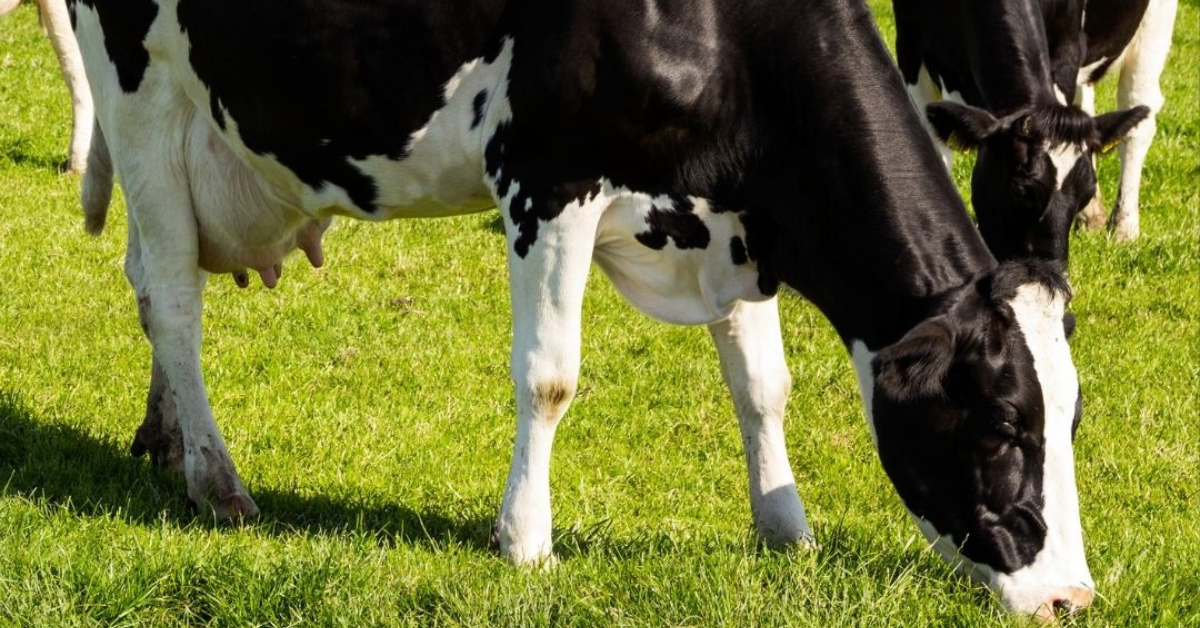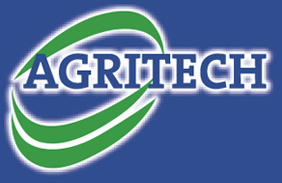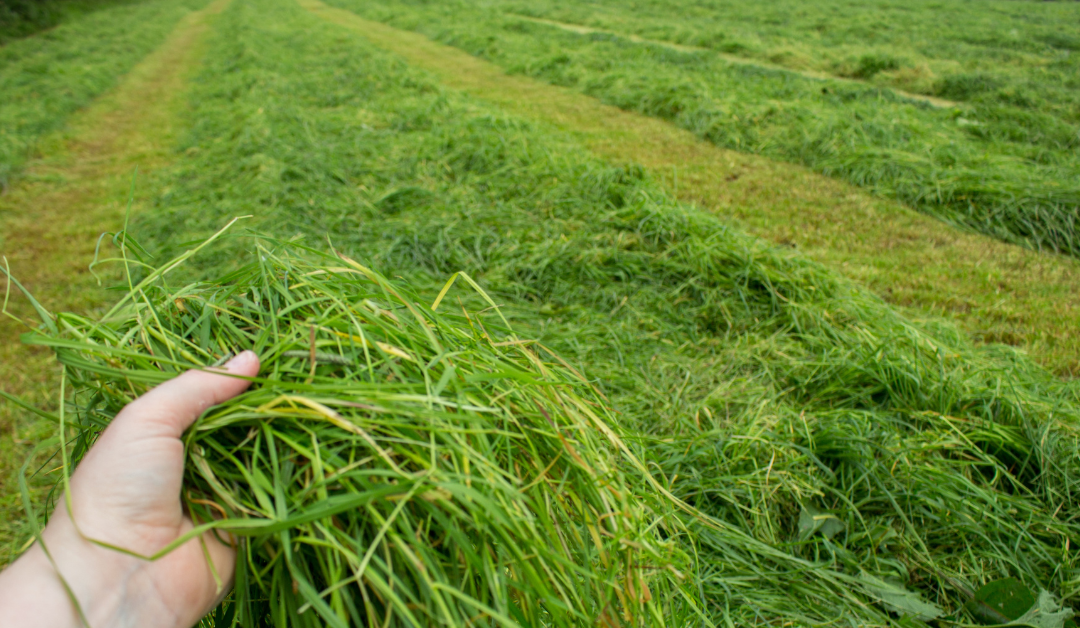In recent weeks, slow growth has been the common factor noted across the regions, with much of the focus devoted to balancing grass availability and maintaining quality.
Where grass growth is slow, wasting grass must be avoided. Residuals of 3.5 – 4cm must be achieved in order to create high-quality covers for the next rotation when growth rates will hopefully rectify themselves. Grass walks should be undertaken at least once weekly but ideally twice weekly where grass is tight.
Milk output must also be monitored; average milk yield decline should be no greater than 2.5% per week at this point in lactation.
Where volume or solids are falling quicker than this, quality and quantity of grass needs to be revised. Where quality is low, or silage is introduced into the diet, ensure the cows’ energy requirements are being met accordingly. Increased supplementation may be required.
Reduced energy density in the diet will result in decreased milk protein % and reduced milk output. Once growth has increased and quality has been rectified (with breeding also concluding), feeding rates can be reduced.

Looking ahead to the winter, now is a good time to assess how much fodder is on farm with first cuts completed, while some early 2nd cuts and surplus bales have been taken.
It’s important to plan for the forthcoming winter while noting how much subsequent forage remains unharvested.
At this point, Spring-born calves should have smoothly transitioned to grazing.
Weighing scales remain one of the most underutilised management tools on farm and should be used to gauge where we are at regarding target weights ~ 200kg by mid-September (33% of mature cow weight) or 07-0.8kg/hd/day.
Parasite burdens can also have a huge impact on youngstock performance over the 1st grazing season and should be discussed on a herd-by-herd basis with your veterinary practitioner.
For more information and calf rearing advice, contact your local Agritech Sales Advisor here.


